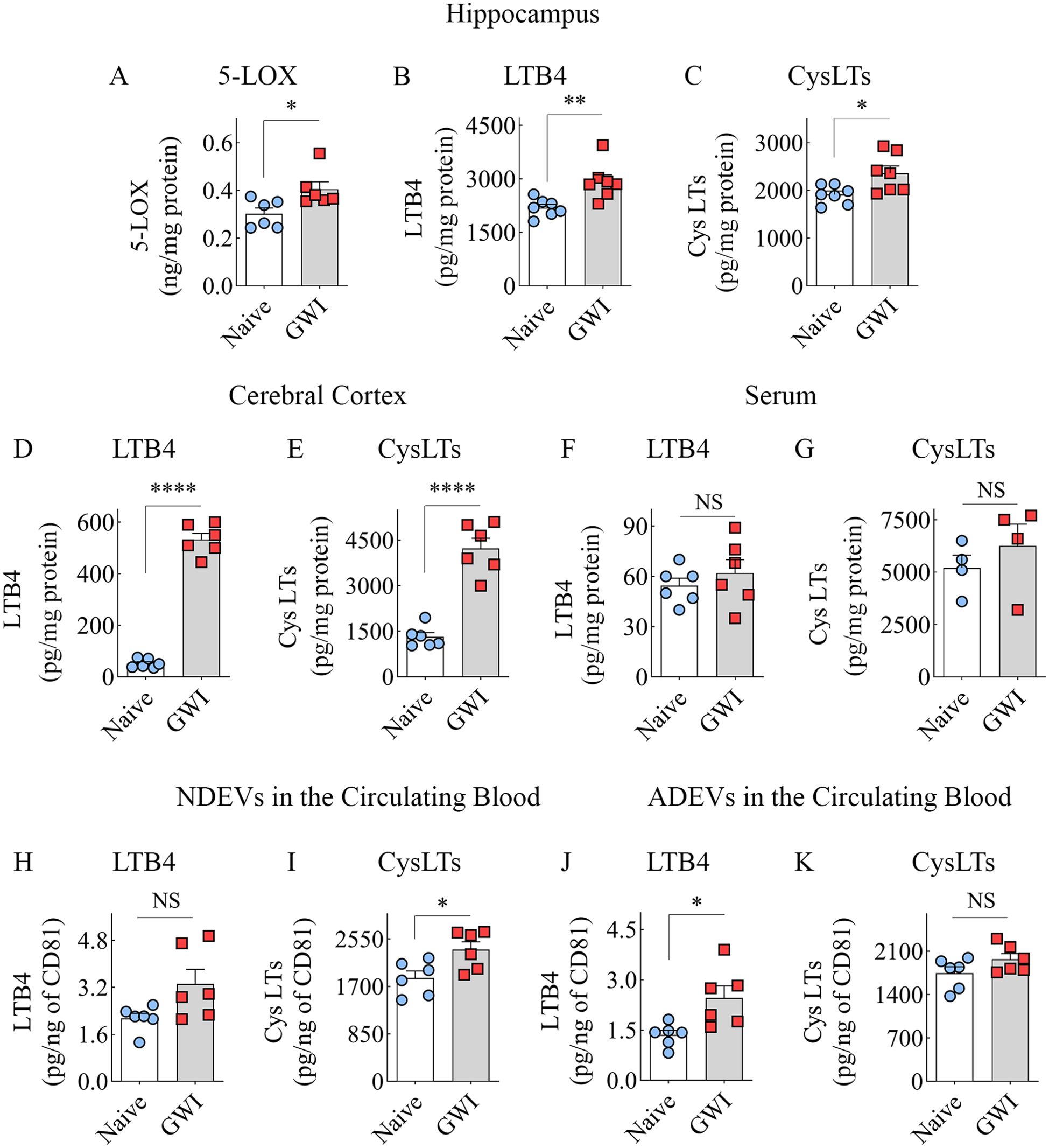
95% of researchers rate our articles as excellent or good
Learn more about the work of our research integrity team to safeguard the quality of each article we publish.
Find out more
CORRECTION article
Front. Immunol. , 31 January 2025
Sec. Multiple Sclerosis and Neuroimmunology
Volume 16 - 2025 | https://doi.org/10.3389/fimmu.2025.1557065
This article is a correction to:
Brain-Specific Increase in Leukotriene Signaling Accompanies Chronic Neuroinflammation and Cognitive Impairment in a Model of Gulf War Illness
 Sahithi Attaluri‡
Sahithi Attaluri‡ Raghavendra Upadhya†‡
Raghavendra Upadhya†‡ Maheedhar Kodali
Maheedhar Kodali Leelavathi N. Madhu
Leelavathi N. Madhu Dinesh Upadhya†
Dinesh Upadhya† Bing Shuai
Bing Shuai Ashok K. Shetty*
Ashok K. Shetty*A Corrigendum on
Brain-specific increase in leukotriene signaling accompanies chronic neuroinflammation and cognitive impairment in a model of Gulf War Illness
By Attaluri S, Upadhya R, Kodali M, Madhu LN, Upadhya D, Shuai B and Shetty AK (2022) Front. Immunol. 13:853000. doi: 10.3389/fimmu.2022.853000
In the published article, there was an error in Figures 5B–G as published. In Figure 5, the bar charts B, C, D, E, F, G, y-axis labels were inadvertently misspelled as “ng/mg protein”, instead of “pg/mg protein.”. The corrected Figure 5 and its caption appear below.

Figure 5. Animals with chronic Gulf War Illness (GWI) displayed an increased concentration of leukotrienes (LTs) in the brain and brain-derived extracellular vesicles (EVs) in the circulating blood but not in the serum. The bar charts (A–C) compare 5-LOX (A), LTB4 (B), and cysteinyl LT (CysLT; C) concentrations in the hippocampus, (D, E) compare LTB4 (D) and CysLTs (E) concentrations in the cerebral cortex, and (F, G) compare LTB4 and CysLT concentrations in the serum between naïve and GWI rats. The bar charts in (H–K) compare LTB4 and CysLT concentrations in neuron-derived extracellular vesicles (NDEVs H, I) and astrocyte derived EVs (ADEVs; J, K) between naïve and GWI rats. *, p < 0.05; **, p < 0.01; ****, p < 0.0001; NS, not significant.
The authors apologize for this error, and this does not change the scientific conclusions of the article in any way. The original article has been updated.
All claims expressed in this article are solely those of the authors and do not necessarily represent those of their affiliated organizations, or those of the publisher, the editors and the reviewers. Any product that may be evaluated in this article, or claim that may be made by its manufacturer, is not guaranteed or endorsed by the publisher.
Keywords: cysteinyl leukotrienes, gulf war illness (GWI), gulf war-related chemicals, cytokines, 5-lipoxygenase, neuroinflammation, leukotriene signaling, blood-brain barrier
Citation: Attaluri S, Upadhya R, Kodali M, Madhu LN, Upadhya D, Shuai B and Shetty AK (2025) Corrigendum: Brain-specific increase in leukotriene signaling accompanies chronic neuroinflammation and cognitive impairment in a model of Gulf War Illness. Front. Immunol. 16:1557065. doi: 10.3389/fimmu.2025.1557065
Received: 08 January 2025; Accepted: 20 January 2025;
Published: 31 January 2025.
Edited and Reviewed by:
Srikant Rangaraju, Emory University, United StatesCopyright © 2025 Attaluri, Upadhya, Kodali, Madhu, Upadhya, Shuai and Shetty. This is an open-access article distributed under the terms of the Creative Commons Attribution License (CC BY). The use, distribution or reproduction in other forums is permitted, provided the original author(s) and the copyright owner(s) are credited and that the original publication in this journal is cited, in accordance with accepted academic practice. No use, distribution or reproduction is permitted which does not comply with these terms.
*Correspondence: Ashok K. Shetty, YWtza3JzQHRhbXUuZWR1
†Present addresses: Raghavendra Upadhya, Manipal Center for Biotherapeutics Research, Manipal Academy of Higher Education, Manipal, India
Dinesh Upadhya, Centre for Molecular Neurosciences, Kasturba Medical Hospital, Manipal Academy of Higher Education, Manipal, India
‡These authors have contributed equally to this work and share first authorship
Disclaimer: All claims expressed in this article are solely those of the authors and do not necessarily represent those of their affiliated organizations, or those of the publisher, the editors and the reviewers. Any product that may be evaluated in this article or claim that may be made by its manufacturer is not guaranteed or endorsed by the publisher.
Research integrity at Frontiers

Learn more about the work of our research integrity team to safeguard the quality of each article we publish.